Gaps in state and federal monitoring mean rural, poor, non-white and elderly communities disproportionally experience harmful health effects from compressor station pollution.
Tag: Natural Gas
Dramatically lower the cost of producing green hydrogen
A research team led by Dr. Yoo Sung Jong of the Hydrogen and Fuel Cell Research Center at the Korea Institute of Science and Technology (KIST) have succeeded in significantly reducing the cost of green hydrogen production by implementing an anion exchange membrane water electrolysis device with excellent performance and durability by introducing a carbon support.
Countries would be well advised to assist each other with regard to gas
Prior to Putin’s invasion of Ukraine, Europe sourced a great deal of natural gas from Russia. But as a result of EU sanctions on Russia, this supply is no longer there.
US natural gas pipelines vulnerable to electric outages
Natural gas supplies 32% of all primary energy in the United States, its share of electricity generation having nearly doubled from 2008 to 2021. The cross-country natural gas pipeline system used to be powered mainly by natural gas, but recently has switched in places to electric power.
Underground Water Could be the Solution to Green Heating and Cooling
About 12% of the total global energy demand comes from heating and cooling homes and businesses. A new study suggests that using underground water to maintain comfortable temperatures could reduce consumption of natural gas and electricity in this sector by 40% in the U.S. The approach, called aquifer thermal energy storage (ATES), could also help prevent blackouts caused by high power demand during extreme weather events.
Solid Natural Gas: An Avenue to a Safer, Cleaner and Brighter Future
Researchers worldwide are actively investigating safer alternatives for the storage of natural gas—solidified natural gas (SNG), or natural gas hydrates, may just be the answer. These gas hydrates, however, are currently limited to the small scale of bench-top laboratory experiments. To that end, Professor Praveen Linga from the Department of Chemical and Biomolecular Engineering at the College of Design and Engineering, National University of Singapore, is working on advancing SNG technology for industrial viability.
Add-on device makes home furnaces cleaner, safer and longer-lasting
Scientists at Oak Ridge National Laboratory have developed an affordable add-on acid gas reduction technology that removes 99.9% of acidic gases and other emissions to produce an ultraclean natural gas furnace. The AGR technology can also be added to other natural gas-driven equipment.
Europe can rapidly eliminate imports of Russian natural gas
Using a new power sector model, a team of researchers, including faculty at Binghamton University, State University of New York, have proposed a method for Europe to eliminate natural gas imports from Russia.
Why natural gas is not a bridge technology
The study was headed by Professor Claudia Kemfert from the German Institute for Economic Research (DIW) and Leuphana University Lüneburg in collaboration with Franziska Hoffart from Ruhr-Universität Bochum, Fabian Präger from Technische Universität Berlin and Isabell Braunger and Hanna Brauers from the University of Flensburg.
Found: The ‘holy grail of catalysis’ — turning methane into methanol under ambient conditions using light
An international team of researchers, led by scientists at the University of Manchester, has developed a fast and economical method of converting methane, or natural gas, into liquid methanol at ambient temperature and pressure. The method takes place under continuous flow over a photo-catalytic material using visible light to drive the conversion.
To help observe how the process works and how selective it is, the researchers used neutron scattering at the VISION instrument at Oak Ridge National Laboratory’s Spallation Neutron Source.
OU Engineers Move to Reduce Emissions and Improve Operating Efficiencies in Oil and Gas Industry
Whether for a natural gas pipeline or an offshore production platform, the carbon footprint of reciprocating engines in the oil and gas sector continues to get larger. Wanting to rein in these emissions, University of Oklahoma engineers have discovered that a 70% reduction in emissions from natural gas engines may be achievable.
Renewable energy OK, but not too close to home
When it comes to transitioning from carbon-based to renewable source energy systems, Americans are on board. They’re less keen, however, having these new energy infrastructures—wind turbines or solar farms—built close to their homes, which creates hurdles for policymakers.
On-Site Hydrogen Production Technology Accelerates to Market
SoCalGas recently licensed a PNNL-developed generation system that uses sunlight to convert natural gas and water into hydrogen and capture the carbon dioxide (CO2) to prevent carbon emissions. Hydrogen has many applications, including powering vehicles and homes.
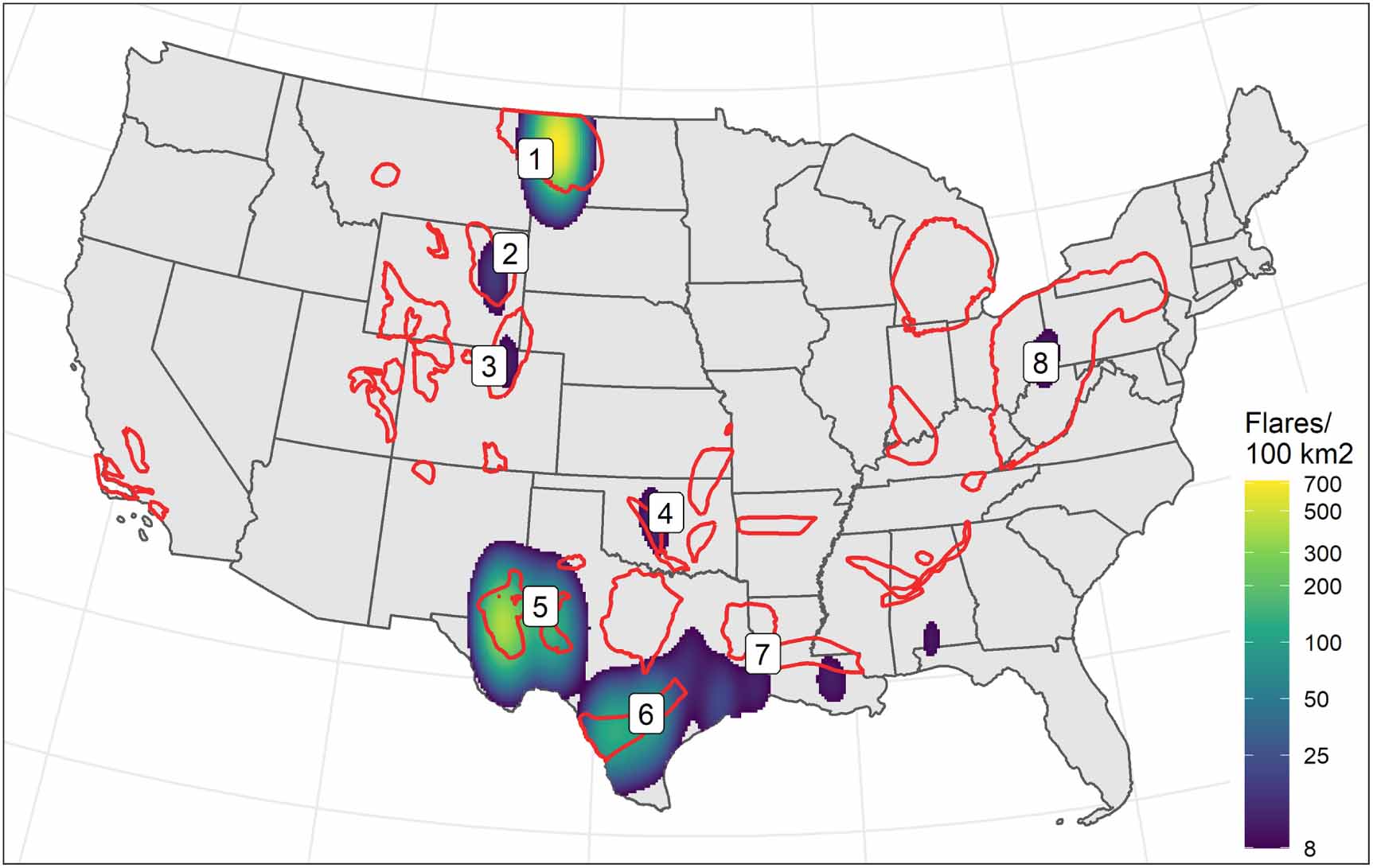
More than 500,000 Americans Live Within Three Miles of Natural Gas Flares
More than 500,000 Americans Live Within Three Miles of Natural Gas Flares – UCLA Fielding School of Public Health researcher Lara Cushing, assistant professor of environmental health sciences, co-authors nationwide assessment of the population facing exposure risks from the burning off of excess natural gas at oil and gas production sites

New method converts methane in natural gas to methanol at room temperature
Researchers at the University of Illinois Chicago have discovered a way to convert the methane in natural gas into liquid methanol at room temperature.
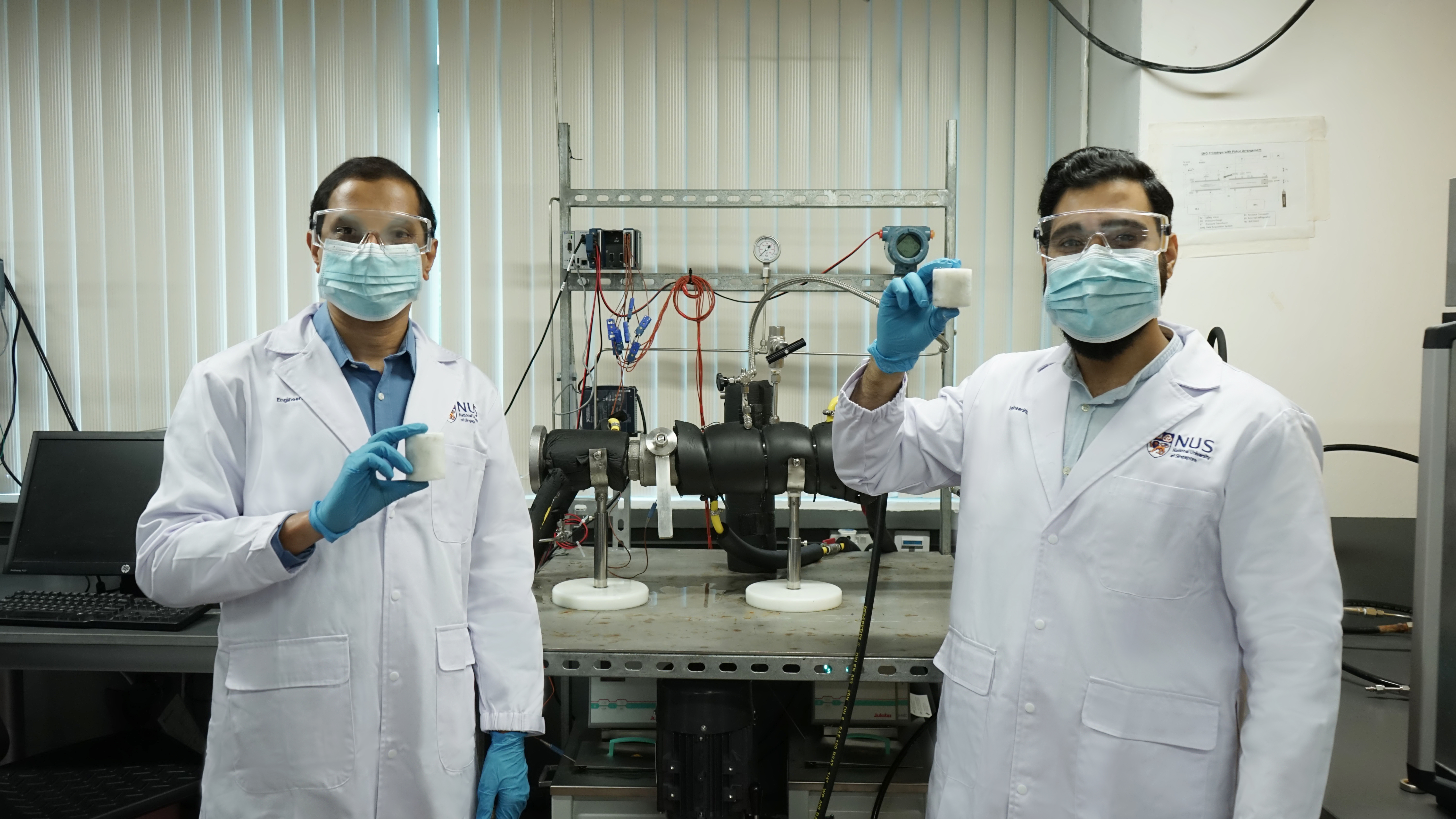
NUS engineers invent fast and safe way to store natural gas for useful applications
Engineers from NUS have devised a method to convert natural gas into a non-explosive solid form known as gas hydrates, which can be easily stored and transported. Using a novel, low-toxicity additive mixture, the conversion can be completed in just 15 minutes – the fastest time ever reported.
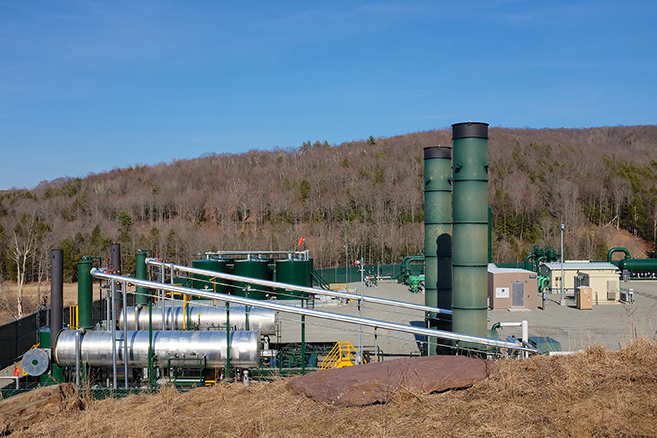
Study reveals how to improve natural gas production in shale
A new hydrocarbon study contradicts conventional wisdom about how methane is trapped in rock, revealing a new strategy to more easily access the valuable energy resource.

Grant to help scientists, industry and farmers harness biomass and manure to fuel farms
A $10 million federal grant will power a multi-institutional consortium aiming to create new value chains on U.S. farms. The consortium will innovate methods for farmers to make more efficient use of resources with an emphasis on the generation of renewable natural gas, improved rural economic outcomes and protection of the environment.
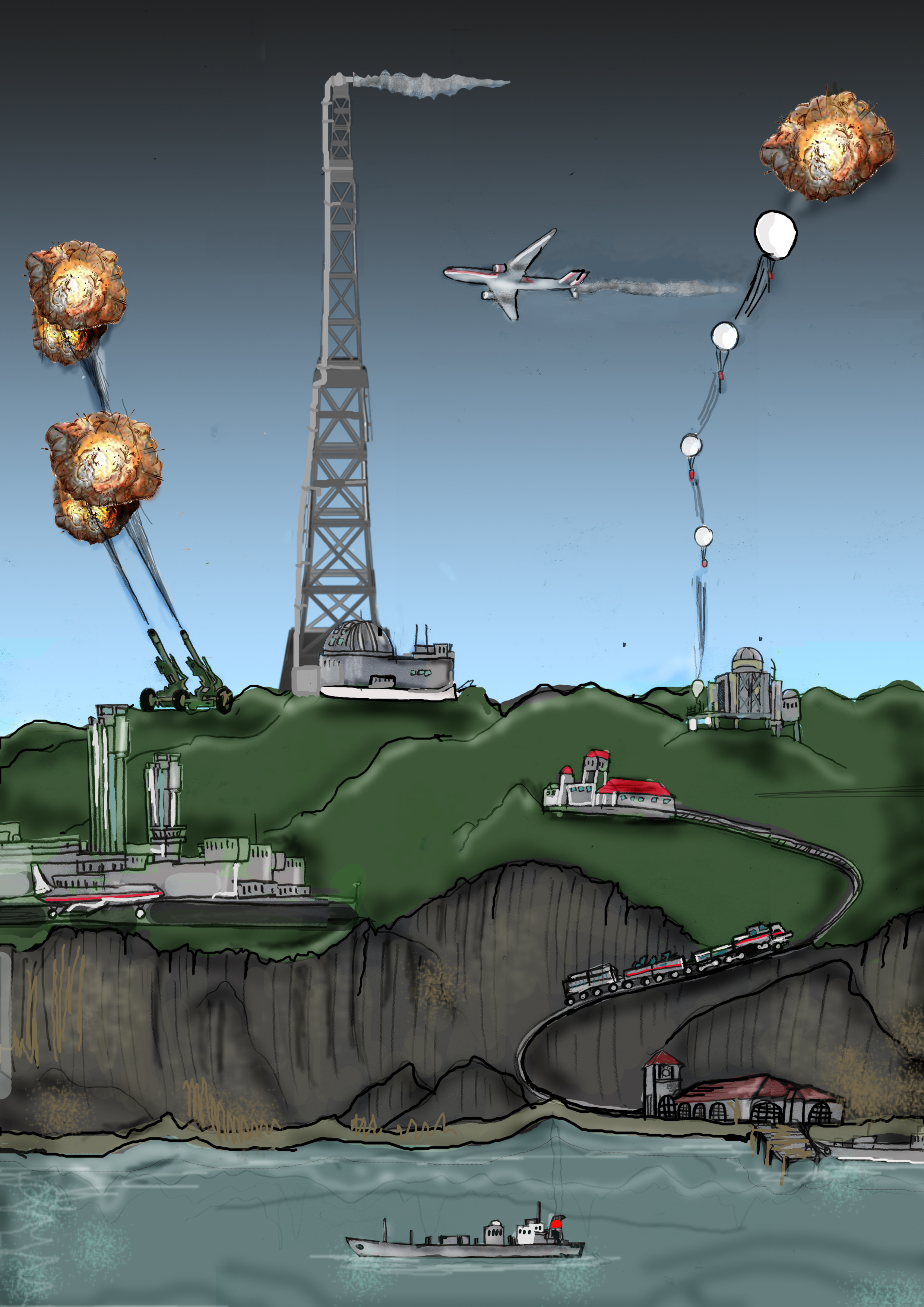
Geoengineering is Just a Partial Solution to Fight Climate Change
Could we create massive sulfuric acid clouds that limit global warming and help meet the 2015 Paris international climate goals, while reducing unintended impacts? Yes, in theory, according to a Rutgers co-authored study in the journal Earth System Dynamics. Spraying sulfur dioxide into the upper atmosphere at different locations, to form sulfuric acid clouds that block some solar radiation, could be adjusted every year to keep global warming at levels set in the Paris goals. Such technology is known as geoengineering or climate intervention.

Study of Natural Gas Flaring Finds High Risks to Babies
UCLA & USC study of natural gas flaring finds high risks to babies; researchers found exposure was associated with 50% higher odds of preterm birth compared with no exposure.

Nixed pipeline project means lost construction jobs and potential impact on West Virginia economy
While the cancellation of a 600-mile natural gas pipeline project, stretching from Harrison County to North Carolina, will result in the loss of several thousand construction and engineering jobs, one West Virginia University economist says the bigger picture of the…
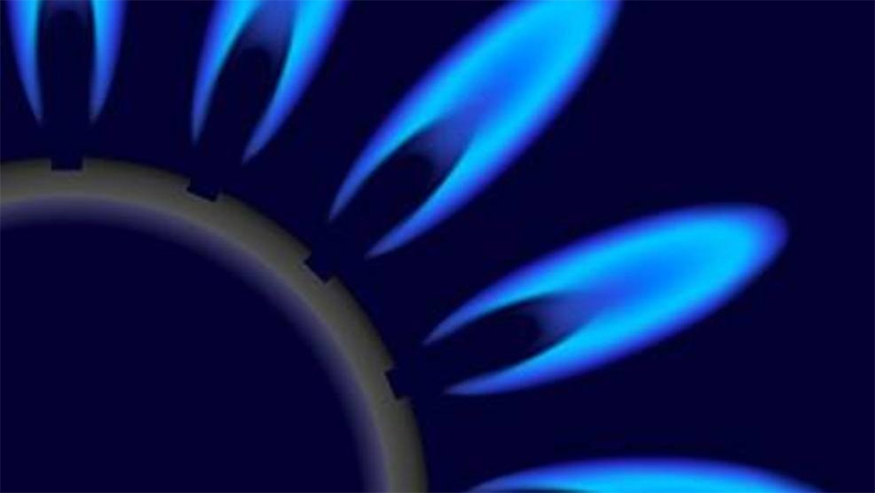
Americans used less energy in 2019
In 2019, Americans used less energy than in 2018, according to the most recent energy flow charts released by Lawrence Livermore National Laboratory (LLNL).

Using Fiber Optics to Advance Safe and Renewable Energy
Fiber optic cables, it turns out, can be incredibly useful scientific sensors. Researchers at Lawrence Berkeley National Laboratory have studied them for use in carbon sequestration, groundwater mapping, earthquake detection, and monitoring of Arctic permafrost thaw. Now they have been awarded new grants to develop fiber optics for two novel uses: monitoring offshore wind operations and underground natural gas storage.